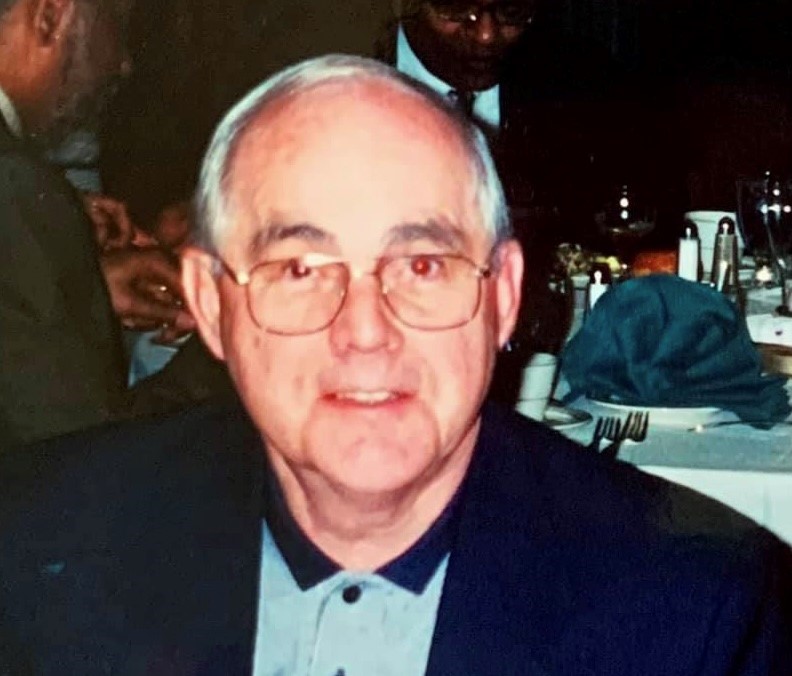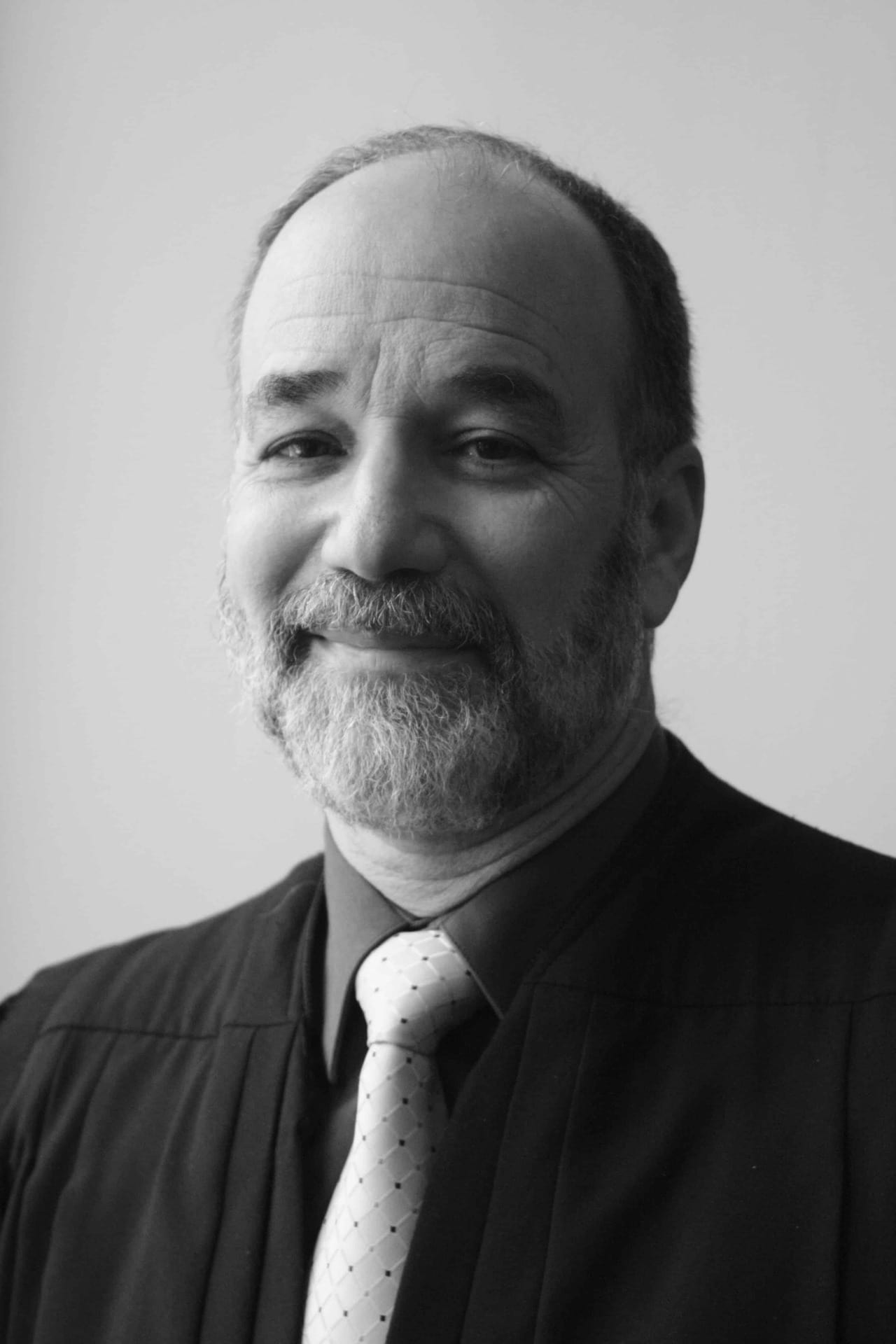
By Hon. David T. Suntag
We were selecting a jury in a child abuse case.
Early during voir dire, one juror started shaking noticeably, tears coming down her face. The attorney who had been asking questions directed his next question to her.
“Are you having a problem?”
The response was a silent nodding of her head up and down and then, “Please, can I leave?”
Another time, during a domestic abuse protective order hearing, I asked the plaintiff, who had described events that were not sufficient to support the issuance of a protective order, whether anything else had happened.
She simply froze, staring down.
I waited and then told her to take her time if there was more to tell. I said I understood that this was very difficult for her.
She looked up and asked, “You understand?” and then haltingly described a violent sexual assault committed by the defendant.
In another case, during a sentencing hearing for a male defendant who had pleaded guilty to a charge of child sexual abuse, I asked if anything had happened to him as a child.
Apparently stunned by the question, he remained silent for a few minutes and then suddenly started crying. When he was able to stop, he then told me about his own abuse by an adult family member when he was eight years of age.
I have spent 29 years as a general jurisdiction trial court judge, primarily in the criminal and family courts. Every day on the bench I saw those who had been traumatized by the crimes, actions or neglect of others. I know my experience is not unusual.
A 2016 Bureau of Justice Statistics report tells us that the majority of Americans will experience a violent crime at some point in their lives. One in four children will suffer abuse or neglect. That adds up to 3 million children per year (Centers for Disease Control and Prevention, April 2018).
Simply put, it is an unusual day when someone who has experienced trauma is not in the courtroom.
Probably the most talked-about traumatic assault case of recent years is the Brock Turner case. In 2015, Turner, a student athlete at Stanford University, was charged with sexually assaulting a 22-year-old, Chanel Miller, while she was unconscious.
Turner was convicted by a jury on three counts of felony sexual assault. The judge sentenced him to six months in jail—of which he served only three—a period of probation, and to register as a sex offender.
After the trial, several news organizations, including The New York Times, published the victim’s lengthy victim-impact statement, which had been entered into the record under the name “Emily Doe” to protect her identity.
The judge’s sentence came to be widely regarded as too lenient, and he was recalled by voters two years after the trial.
In her memoir published in 2019, Know My Name, Ms. Miller, publicly identifying herself for the first time, accused the justice system of failing her and other victims of sexual assault. Instead of “safety, justice and restoration,” she wrote, victims are more likely to be “re-traumatized, publicly shamed, psychologically tormented, and verbally mauled.”
“The judge (gave) Brock something,” she wrote, “that would never be extended to me: empathy.”
As trial court judges, how can we lessen the risk of re-traumatizing those who come before us?
Extensive research and my own experience on the bench indicate that the key is providing “procedural fairness.” That means making an extra effort to ensure that those who come before us feel like they have a voice in the proceedings, that they understand what is happening, and that the judge respects them and is making unbiased decisions. It means making them feel like they are more than just a name on a docket.
Here are some suggestions:
- Before sentencing or deciding whether to accept an agreed-upon sentence, ask for victim input directly or through the prosecutor or victim advocate. Don’t impose artificial time limits on this input.
- Allow the victim, when not testifying, to speak from a comfortable place in the courtroom or with a support person nearby as opposed to sitting in the witness stand.
- Always show that you are listening. Refer to something the victim said when explaining your sentence so the victim can tell he/she was heard. Do not criticize, blame, or lecture the victim. We most likely do not know the half of it.
- Thank the victim for participating in the process and express an understanding of the difficulty of doing so. Say something positive about the victim’s participation and future. Recognize any support persons or family of the victim in the audience and thank them for coming. Express an appreciation for their continuing support for the victim.
- Many of the same recommendations apply to defendants. Encourage the defendant to speak with you during sentencing or during the plea colloquy. In some serious cases I’ve had, in which the defendant at first indicated he/she had nothing to say at sentencing, I would take a recess and tell the defendant and defense counsel that silence would not help at this stage, and I very much wanted to hear from the defendant. I would give them time to reconsider their decision not to speak.
- In all hearings, be transparent about why you have made the decision. Explain your reasoning in plain language.
- Tour your courtroom and courthouse to see if there are ways to eliminate environmental stressors. Insist on quiet in the courtroom whenever anyone is speaking to you. Try to reduce loud noises, such as slamming doors or people talking in the hallway. Check to see if the room’s heat or cooling can be kept within reasonable parameters.
- Look for structural changes that might help traumatized people or victims. For example, see if the place where people sit while waiting to testify or otherwise waiting in the courtroom can be physically separated from the person who may have caused that person trauma. In my domestic violence protective order hearings, instead of having plaintiffs and defendants sitting near each other at adjoining tables, we added two additional tables and placed the parties at the ends of the tables furthest from each other. I would then station a court officer between the tables.
- If at all possible, have safe places for people to wait. For example, see if there are rooms on separate floors where plaintiffs and defendants, or victims and defendants with their families and supporters, can wait so as to avoid fear of contact in the courthouse.
These are but a few ideas about what we can do to help those who come before us. If we think about the perspectives of those who have been victimized or traumatized, there are undoubtedly many other ways we can lessen the risk of further trauma, humanize our system, and treat all with the dignity and respect they deserve.

CHICAGO – The American Bar Association Judicial Division announced recently that TheNational Ju...

The National Judicial College is mourning the loss of former faculty member Judge Duane Harves, who passed ...

As the world manages an evolving natural environment, The National Judicial College announced today that it...

Do’s Manage your cases systematically Devise a system that works for you and your organizational...

After 22 years of teaching judges, Tennessee Senior Judge Don Ash will retire as a regular faculty member a...
